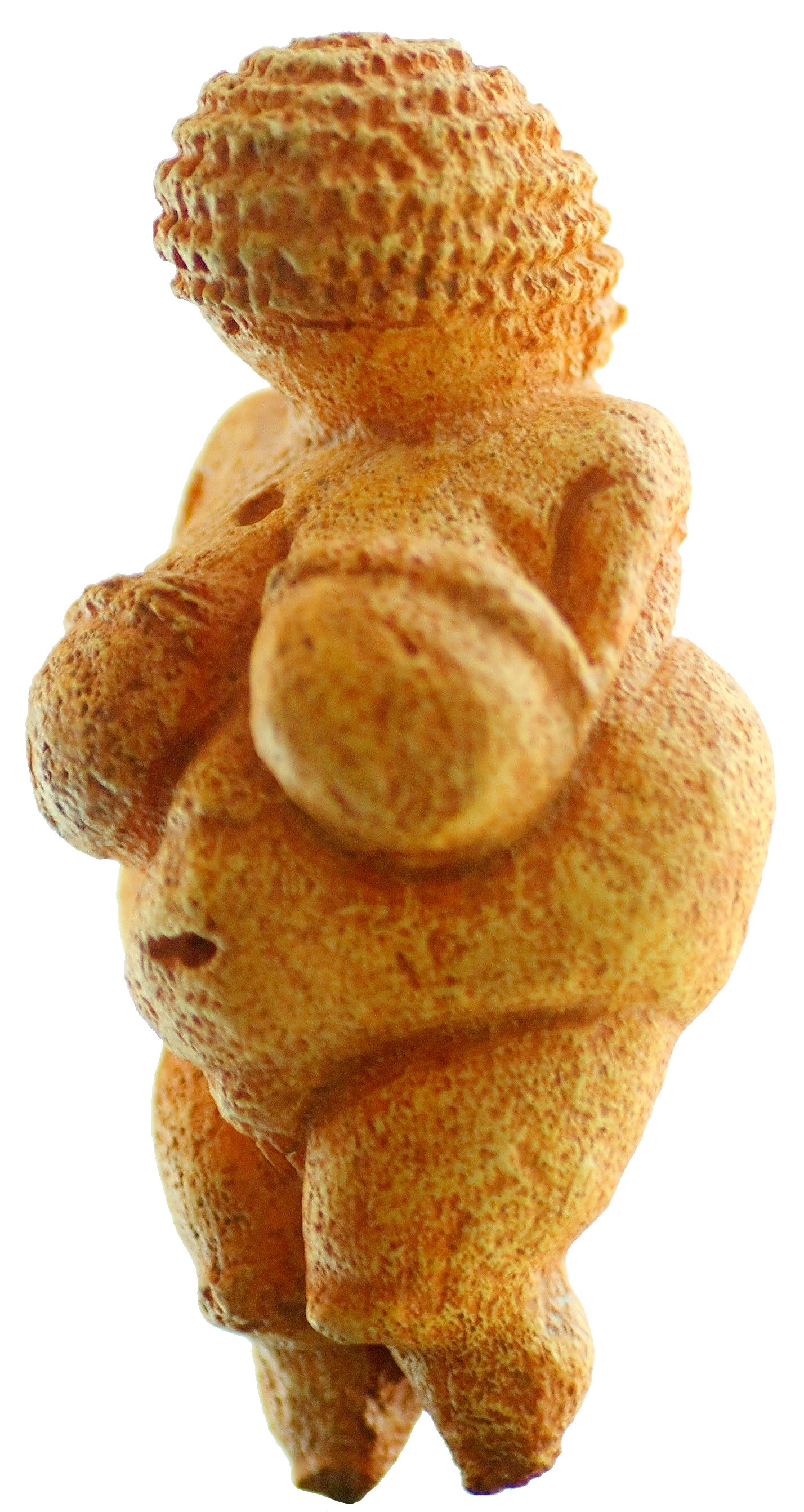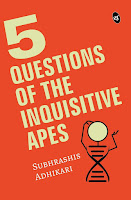Human beings consider themselves as the most intelligent species, the rationale being that they have a highly developed and complex mind that helps them think unlike any other competitor. Wikipedia defines intelligence as below:
Intelligence has been defined in many different ways including as one's capacity for logic, understanding, self-awareness, learning, emotional knowledge, planning, creativity and problem solving. It can be more generally described as the ability to perceive information, and retain it as knowledge to be applied towards adaptive behaviors within an environment or context.
From the perspective of evolution, intelligence is a tool that lets you survive. If survival is a measure of intelligence then the bacteria’s would be right at the top. Human beings would top the chart of macro-organisms. Human beings are not the strongest of animals around, but they have managed to dominate the rest of the animal kingdom by the sheer power of unity. Alone, human beings would have never left the caves. Together they now rule the world. The adhesive that binds them is an idea that is imprinted on several brains so that they can believe in that common idea, common ideology, and a common faith. It helps create a sense of common identity that unites people and thus helps them survive. One of such ideas, probably the most primitive and the most powerful, is the idea of god. This idea is as old as human beings themselves. Since the idea of god helped create unity it was often state sponsored. The priests and the kings shook hands and got into a symbiotic relation and the idea of god flourished.
God or goddesses was the reflection of what human beings wanted to be, powerful, eternal, the ruler of the heaven and earth. He/she was the explanation of all the mysteries that surrounded them, the first cause of all things. With gods came myths or ‘mythos’ or ‘mythas’. Myths were the explanation of the unexplainable, unlike logic or ‘logos’ or ‘sat’. Logos explained ‘how’ the earth formed, ‘how’ human beings came into existence, but mythos gave the satisfaction of getting an answer to the ‘why’.
Like all ideas, the idea of god evolved. From the early polytheist pagan religion which focused on rituals like animal sacrifice and gods to explain the forces of nature like sky, fertility, wind, fire, sea etc; to the intellectual and spiritual gods of axial age that focused on inner development; to the monotheist religious gods of modern era that focused more on worship. Though the idea of polytheist god seems illogical in the modern era, these pagan religions with multiple gods always had a place for some more. Gods took birth in the minds of human and the variety of ideas gave birth to many gods. However, the one god concept, though apparently more apt, meant there was no place for another god. It meant more groups, more religions, each religion with their own god, and thus more religious conflicts. With time religion got mixed with politics, and matters became worse. As civilizations grew, the different cultures and faiths clashed. It triggered a fight between different religions, a fight for survival, a fight for glory.
The short series 'God and Glory' is divided into three parts based on the three different evolution phases of god. Though these three different concepts of god does not have any distinct time boundary, in fact some form of all these three ideas were there all the time, they are separated based on the dominant concept of each era- the pre-axial, axial, and the modern.
Part 1: Pre-Axial Age
Part 1: Pre-Axial Age [35000-800BC]
The early world was not as linked as today, but it is fascinating to see that the ideas of god evolve in a similar and connected manner on different corners of the world. Animal sacrifices were common in all ancient religions. It was ritual offering to the deities in exchange of fertility, protection and information. It has been found in all cultures from Hebrews, Greeks, Romans, Aztecs, Hindus and Chinese. They were probably supposed to represent something greater – the sacrifice of the animal passions inside human beings and in turn purifying their soul. Or, maybe, it was just a cult.
The gods of the pre-axial era represented forces of nature, like the sun god, sky god, wind god, fire god, sea god etc. God was human being's answer to the mysteries of nature. In the early ages it was the goddess who was dominantly worshiped. The great mother, a naked pregnant woman representing fertility, had been worshipped throughout the world. Statues of her are found in Middle East, Europe and India. These statues date back to the Cro-Magnons of the Upper Paleolithic period. She was the Rhea of Greeks, the Cybele of Romans and the Nu-kua of China.
Most of our knowledge of about the concept of god in this pagan era came from the mythological stories. These stories were written down centuries after they were conceptualized. The original versions got modified and dramatized for people to remember them. But they still give the essence of the philosophies of our ancestors. The Vedas of India (written probably around 2000-500 BC), Enuma Ellish of Babylonia (probably written during Bronge age at the time of Hammurabi), Book of Dead of the Egyptians (Fully evolved around 1600 BC), and the Chineese I Ching (Book of changes probably written around 2953-2838 BC). These books tell us about many ancient believes and myths. These mythological stories are not to be taken literally, but they were a metaphorical way of representing the complex reality of human mind.
Every pagan religion had a concept of how the ‘universe’ began, and every religion has more than one version of it. In most of the versions, there was ether chaos or void in the beginning. From this chaos/void was born the gods. Then the gods created life, including the human beings. Some of these early gods were bi-sexual (“great He-She”), others could create life out of their body parts. They were named Nu-Kua in China; Atum (Amun or Amen) in Egypt; Brahma, Vishnu and Shiva in India; Erebus, Night and Love of Greeks, Apsu and Timat of Mesopotamia and Ginnungagap of Germans. Interestingly the modern science also believes that the universe was created during Big Bang out of chaos/void. From that chaos, different elements emerged, these elements combined to form celestial bodies, from one such celestial body life was created. That life evolved to become human beings.
Another important event that often find a place in myths from different places around the world of the Pre-Axial era was the great flood. The uncanny similarity between the stories of Noah in Book of Genesis, Nuwa (or Nu-Kua) of China, Manu (from which came the words man, man-kind and hu-man) in Bhagavat Purana, the flood myth from the Sumerian epic of Gilgamesh, and the lesser know flood myth from the Akkadian epic Atra-Hasis makes one wonder if all these people from around the globe were linked some way in the past. The Chinese writing symbols for 'boat' is made up of three words, vessel, eight, and mouth/person (meaning eight persons on a boat). What is amazing is that there were eight persons in the boat of Noah (Noah and his wife, his three sons and their wives). As per Chinese mythology these eight mortals came down from heaven and founded the human race. Manu, the founder of humanity (as per Indian mythology) was saved from the great flood by Vishnu disguised as Matsha (fish) avatar. After the flood Manu landed in Manali where there is still a temple build for Manu. It was Ahura Mazda who warned Jamshid (the king of Golden Era) about the great flood in the Zoroastrian myth of Iran.
The stories might be inspired by the finding of fossils of sea animals in the land before the conception of plate tectonics. Some geologist do believe that there were unusual flooding of rivers, lakes and seas in the distance past due to volcanic eruptions (Thera eruption of 1630-1600BC causing Tsunami in Mediterranean sea?) or meteor/comet impact (into the Indian Ocean around 3000–2800 BC, created the 30 kms undersea Burckle Crater, and generated a giant tsunami that flooded coastal lands?) that might have influenced these legends. An archaeological flood at the site of Ur, Mesopotamia, was dated by Dr. C. Leonard Wooly to around 2800BCE. This flood had 8 feet of sediment between levels. But such floods can never cover the entire world. May be, the story originated in a place where the flooding event did take place. Later, the story became famous and was spread by the early traders. The fascinating story found a new home in every corner of the world where it managed to reach. What ever may be the truth, the similarity of the story of flood in remote corners of the world is striking.
The cultures evolved and the power slowly shifted from the kings to the middle class, especially merchants. As culture started to grow, new cities were built. As new cities were built there was a requirement of masculine power. It marked the decline in the status of women in human culture. There was also a decline in worship of The Great Mother as male gods took her throne. The old ideas of god became irrelevant. It marked the beginning of Axial Age (800 to 200BC).




























